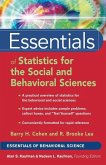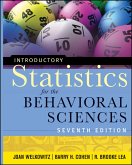
Gebundenes Buch
7. Aufl.
27. Dezember 2011
Wiley & Sons
| eBook, ePUB | 111,99 € | |
| eBook, PDF | 111,99 € |
eBook, PDF
6. Dezember 2011
John Wiley & Sons
eBook, ePUB
10. Januar 2012
John Wiley & Sons
Ähnliche Artikel
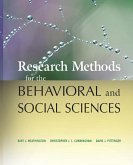
Gebundenes Buch
1. Auflage
26. Januar 2010
Wiley & Sons
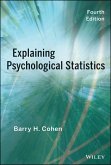
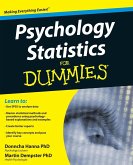
26,99 €
Versandfertig in 2-4 Wochen
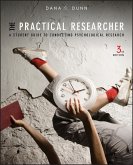
Broschiertes Buch
A Student Guide to Conducting Psychological Research
3. Aufl.
27. November 2012
Wiley & Sons / Wiley-Blackwell
1W118360040
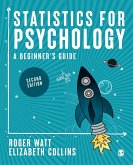
Broschiertes Buch
A Beginner's Guide
2. Aufl.
1. Februar 2023
SAGE Publications Ltd / Sage Publications
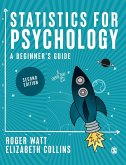
Gebundenes Buch
A Beginner's Guide
2. Aufl.
28. Januar 2023
SAGE Publications Ltd / Sage Publications
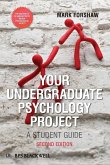
Broschiertes Buch
A Student Guide
1. Auflage
19. April 2013
Wiley & Sons
14566998000
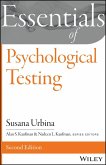
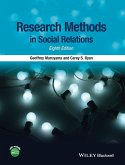
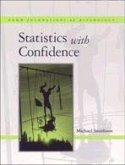
Gebundenes Buch
An Introduction for Psychologists
1999.
11. Februar 2000
SAGE Publications Ltd / Sage Publications
Ähnlichkeitssuche: Fact®Finder von OMIKRON

